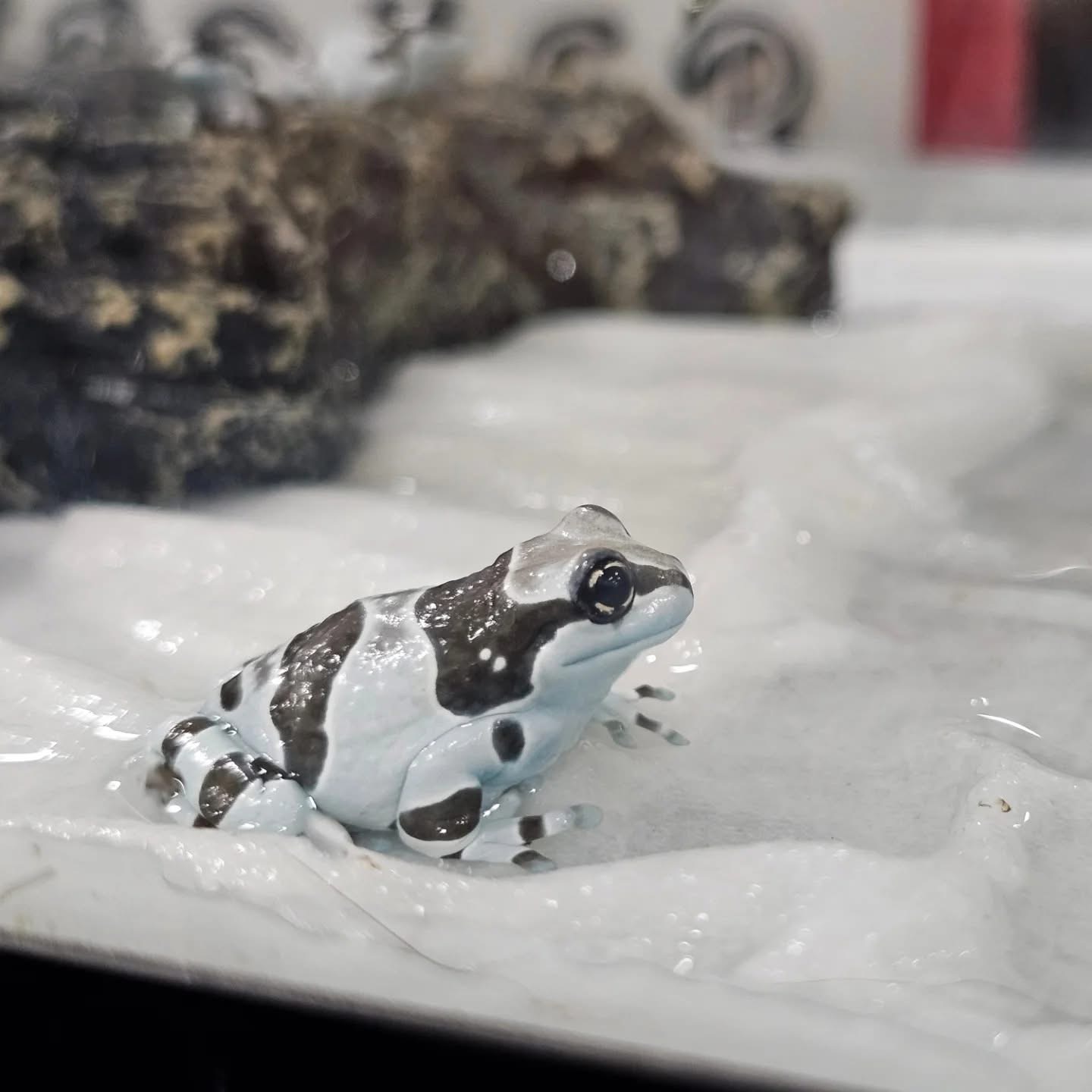A degree of error is unavoidable in any human task; however, some of these mistakes could easily be avoided if we pay some extra attention or simply become aware of them. These mistakes could happen not only due to negligence, but sometimes are caused due to the fear of not caring enough for the pet, which could sometimes cause more harm than good. The latter is seen often with regard to over-feeding, where owners find themselves giving much more food than their pets require to ensure their pets are never hungry. However, just like in us humans, this could lead to health issues such as joint damage, obesity, fluctuations in the blood parameters, and other cardiovascular issues (And these are only some of the problems we see daily in the clinic).
What I mean by negligence is not the complete abandonment of the pet; however, since these beings are often referred to as eternal babies, they need to be kept under surveillance. This is something which is not always feasible, and therefore it is extremely understandable if something happens to occur when we are not around. Some of these issues include leaving electrical wires within reach, swallowing items that shouldn’t be left running around (this happens more than anyone could ever imagine), and eating foods that are left unattended (some could be damaging, and others could be completely fatal).
Now, we can get into the five most common mistakes to make sure they are not repeated.
Mistake 1 – Under-preparation
The first major mistake is adopting or introducing a new pet into a household before ensuring there is enough time and funds to maintain them. People tend to underestimate the commitment required by a new pet. Not only do they require a large amount of time, but they are also quite expensive. Even the bare minimum (food, water, and shelter) is enough of an expense, let alone wanting to spoil them with other additional items such as treats and toys for them to play with.
Before adoption, one must ensure that they have the facilities to meet the needs of their new addition, such as carrying out research or asking pet owners alike what is required for the specific pet, regardless of what species it is – dog, cat, fish… They all have their own needs and expenses. When this is done and all the requirements can be met, should someone get a new pet (therefore, just because I want one or ‘because it’s cute’ is not enough of a reason to get a pet, I suggest going to a pet store and looking around instead).
Mistake 2 – Playing Veterinarian vs ‘I’m sure it’s nothing’
The second mistake commonly seen is the two opposing poles of health care. On the one hand, a group of people who feel they are entitled to hand out and give medicine to their pets instead of heading to a vet clinic or phoning a veterinarian to ask whether it is something requiring medicine to begin with. On the other hand, there are those people who think their pets are invincible. Bleeding out? I’m sure it’s nothing. Huge lump on their neck? I’m sure it’s nothing. Both of these situations could be extremely dangerous.
It is vital for the owners to understand the importance of the veterinarian and must understand that Google is not the answer to everything – the diagnosis is not always as serious as they thought it would be, and is more often than not, something which could be very easily solved. Clients come into the clinic thinking they’ve understood it all and almost start to insinuate that the vets have no clue about what they’re talking about because of the research they might have done in their own time. However, the number of times we’ve had to clarify that their vomiting dog is not dying of cancer is concerning. These overly anxious owners also tend to give out medicines, even ones that would have been prescribed for humans and not for animals, leading to much more complex results than the initial problem. Moral of the story – talk to your vet before making any decisions yourself.
Those people who underestimate the severity of situations are just as bad. Those people who think that just because it is an animal, they are capable of healing themselves without any medications or health care interventions. This is not always the case, even though in certain situations, it could be resolved easily. Physical signs, changes in feed intake and decreased activity or alterations in behaviour are the top most common and clear signs indicating your pet is not up to parr, and should probably be checked out since, although these signs might seem futile, they are sometimes caused by things we cannot see from the outside which may be much more detrimental than the owner would think.
Therefore, to avoid too much overthinking or to prevent the declining health of your pets, always seek professional advice.
Mistake 3 – Pet Language barriers
Pets communicate with us humans, not with a voice but with their body language – eye movement, tails, posture, etc. First-time owners might not be able to differentiate between one behavioral change and another; however, as one becomes more accustomed to their pets, owners can develop a much better understanding of their pets’ wellbeing and health status, or also their mood. For example, an upright and relaxed tail indicates calmness and happiness of your dog; however, a tucked tail between their legs could be an indication of fear or insecurity.
Cat owners might start to notice changes between vocalisations such as purring sounds, meowing sounds and growling. Reading and researching about the pet at hand and its behavioural signs could be an important preventative measure to ensure you and your pet are as in sync as possible.
Conclusion
Owning a pet is all about learning as you go, there will always be ups and downs, but many common mistakes are easy to prevent with a bit of awareness. By preparing properly, reaching out to your vet instead of guessing, and tuning into the ways your pet communicates, you’ll set them up for a healthier, happier life. You don’t need to have it all figured out, you just need to show up with care, patience, and a willingness to grow alongside your four-legged (or finned, or feathered!) companion.
Frequently Asked Questions
Is it okay to give my pet human medicine if they’re sick?
No. Human medications can be toxic to pets and may cause more harm than good. Always contact your veterinarian before giving any medication, even if you think it might help.
When should I take my pet to the vet instead of waiting?
If your pet shows unusual symptoms; like loss of appetite, vomiting, diarrhea, lethargy, breathing difficulties, or sudden behaviour changes, it’s best to contact your vet. Even small changes can point to bigger health problems.
How do pets usually communicate their needs?
Pets mainly communicate through body language and behavior. For example, a dog with a relaxed tail is likely happy, while a tucked tail may mean fear. Cats may purr when content but growl if threatened. Learning these cues helps you understand your pet’s needs better.
What are the risks of overfeeding my pet?
Overfeeding can lead to obesity, joint damage, diabetes, heart issues, and other long-term health problems. Always follow your vet’s feeding guidelines instead of relying on your pet’s appetite alone.


No responses yet